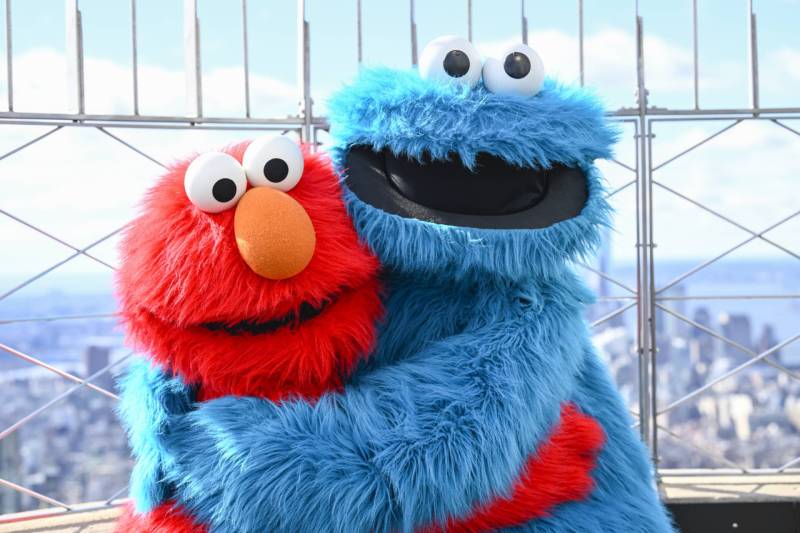“It’s early childhood educators, the pediatric community, child welfare or social workers, health care workers, all the influencers on young children’s well-being.”
Betancourt says the program uses what they call the “Sesame Workshop Model” to develop new teaching material. It includes research and development in partnership with experts from national partners such as the American Academy of Pediatrics or the American Psychological Association.
Talking about traumatic incidents
Betancourt believes that when talking to children about traumatic incidents, it is crucial to make them feel comfortable and secure.
Here are a few ways she recommends:
- Provide safety: Assure the child that they are safe and taken care of. Offer comfort items and physical contact such as hugs or holding hands.
- Keep routines: It’s important that the child doesn’t feel a big disruption in their life. That can mean having a meal together, reading together or simply walking.
- Model healthy ways of coping: Children look to their parents for guidance, so adults need to practice self care and cope in a healthy way.
- Spend time together: Activities such as playing games or reading stories together can make a child feel secure and comfortable.
- Watch and listen: Pay attention to all signs of anxiety or discomfort. Ultimately, you know your child best and can see the change in behavior.
Although it may be helpful to use these tools to plan important conversations, Betancourt says that these conversations don’t have to be perfectly planned.
“In fact, the more you make it an everyday explanation, a moment when the little one asks a question or shows a sign of distress, it’s especially important to take advantage of these resources.”

9(MDAxOTAwOTE4MDEyMTkxMDAzNjczZDljZA004))

